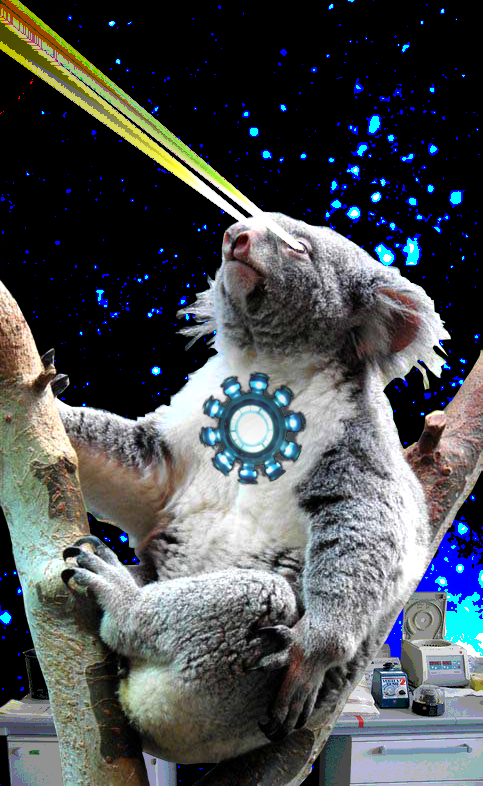Laser links bring big thinkers down
 One of Australia’s least-recognised national assets is gaining a big reputation on the cutting edge of international science.
One of Australia’s least-recognised national assets is gaining a big reputation on the cutting edge of international science.
A new agreement shows that the lasers, reactors and other instruments at the Australian Nuclear Science and Technology Organisation (ANSTO) have grabbed the attention of global research authorities.
ANSTO has signed an agreement with the University of Tokyo for an academic exchange so teams can have collaborative access to facilities, with Japanese researchers keen to get into ANSTO’s Bragg Institute neutron beam facilities.
ANSTO is partnered with the University of Tokyo's Institute for Solid State Physics, which controls access to major research infrastructure in Japan.
Most of the Australian general population is unaware that the nation hosts one of the leading research reactors in the world, along with a large suite of equally high-tech laser and molecular testing devices.
This may be because the average person is not particularly excited by particle exciters such as ANSTO's high-resolution powder diffractometer, neutron reflectometer, small-angle neutron scattering beam or a thermal 3-axis spectrometer.
But the local research and engineering communities are certainly aware of the elite equipment, with bookings for beam time filling up each year.
The Bragg Institute’s suite of seven neutron beam instruments enables a broad range of research, with a few recent outcomes including:
- a discovery suggesting the surfaces of Jupiter's moons could be spiky and composed of an entirely new material
- work to construct more reliable climate models using neutron diffraction on glaciers and ice sheets
- studies on stress distribution in granular materials
- aiding railway engineers in the production of safer and longer lasting rail lines
- helping researchers reveal magnetic structures of battery materials for accurate theoretical modelling
A real-time monitor for ANSTO’s reactor temperature and upcoming experiments is available here.








 Print
Print